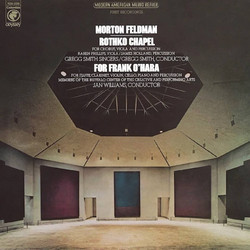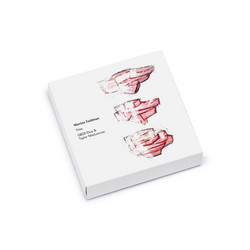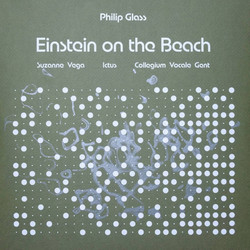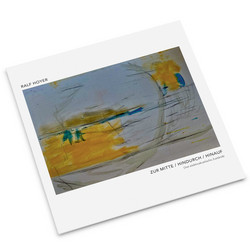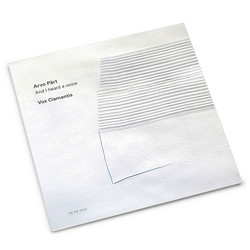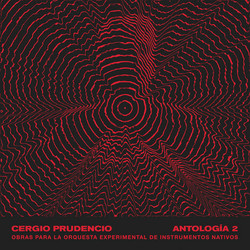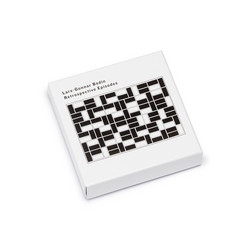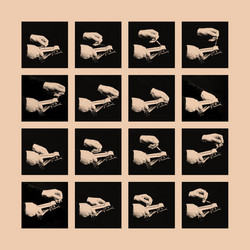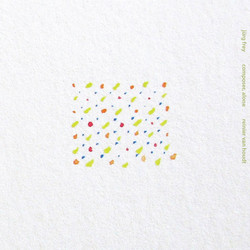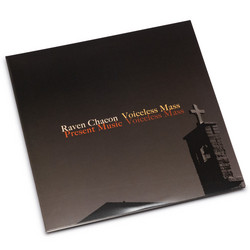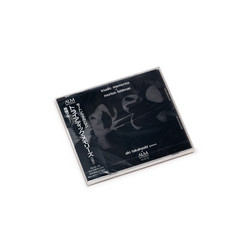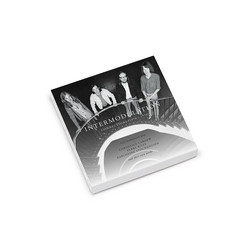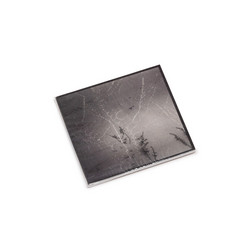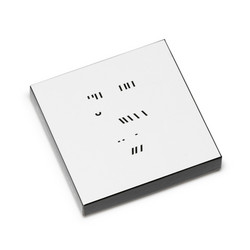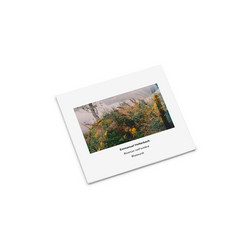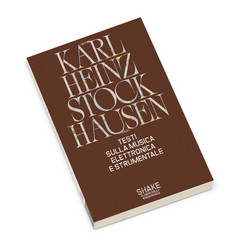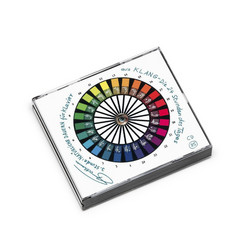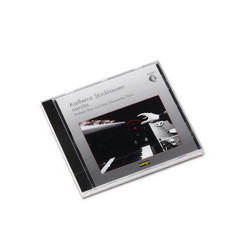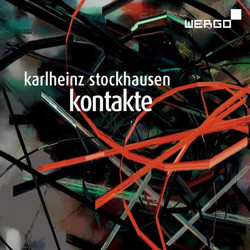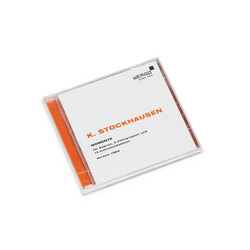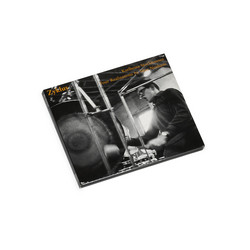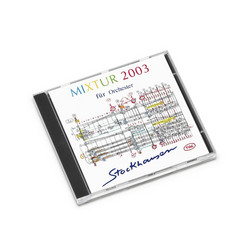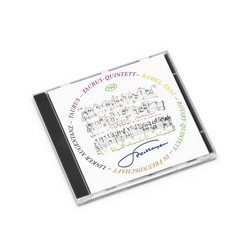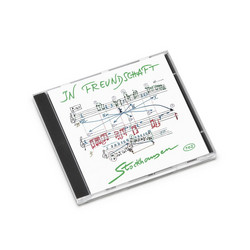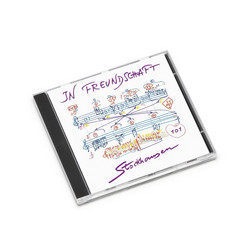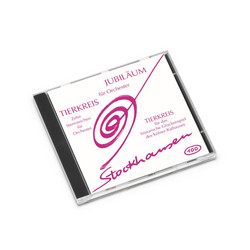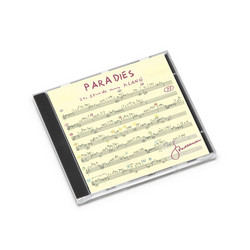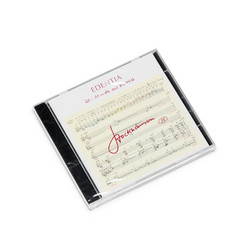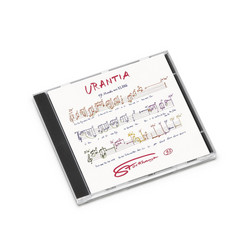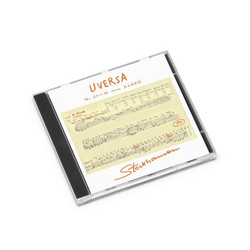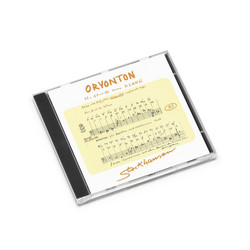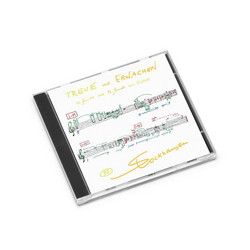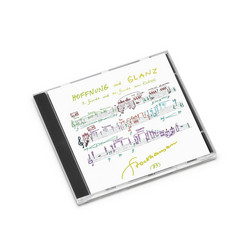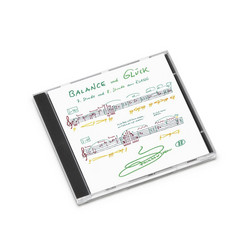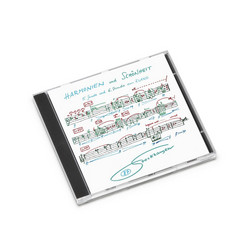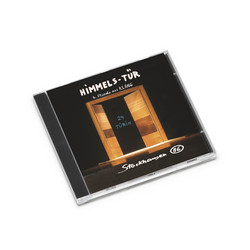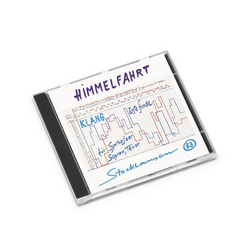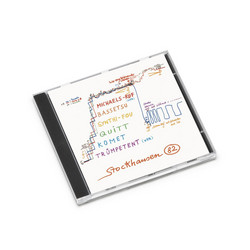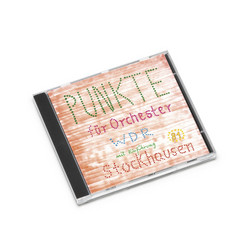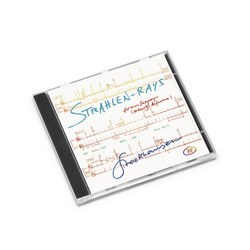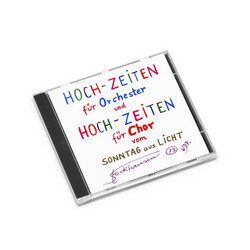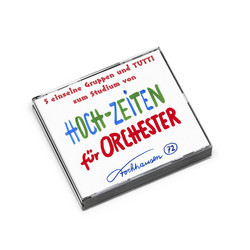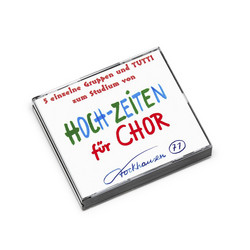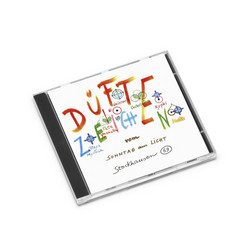Karlheinz Stockhausen
Atmen Gibt Das Leben
*2022 Stock.* Atmen Gibt Das Leben is a semi-theatrical choral work, with the second half accompanied by orchestral background textures. The melodic vocal elements here have a somewhat humorous, folk-like feel to them. Atmen Gibt Das Leben (Breathing Gives Life) is essentially written for a capella mixed choir, but Stockhausen also includes a somewhat secondary orchestra part (usually played as a tape accompaniment) which is used to color the unaccompanied choir. There are 2 sections to this work which were written almost 4 years apart from each other. The first part (which has no orchestral accompaniment), was written in 1974 as part of a composition class. Stockhausen had received a request to write a piece for amateur choir, and in his class he asked the students to write short choral works using texts from Hazrat Inayat Khan's "The Bowl of Saki". The students never actually completed this assignment, but Stockhausen's own example composition became the basis for the first part of Atmen Gibt Das Leben. The second part (with orchestra background) was completed in 1977, and the entire work was premiered at the Marc Chagall Museum in Nice as part of Chagall's 90th birthday. Besides using the text from Hazrat Inayat Khan in the first part, Stockhausen's libretto also uses six quotations from outside sources: three haiku (by Shiki, Buson, and Issa), and one sentence each from Socrates, the Gospel according to St. Thomas, and Meister Eckhart (the CD booklet includes the complete text in German and English, and gives the sources of the quotations). There is no story to this opera-like work, at least in the normal sense, and so the scenes could be possibly appreciated as episodes in a larger work with a common sensibility.
- Stockhausenspace.blogspot.com
